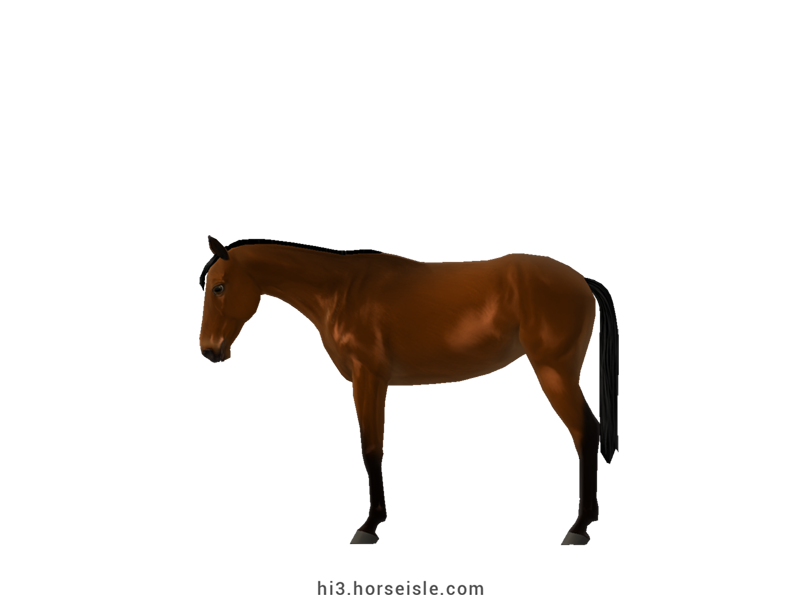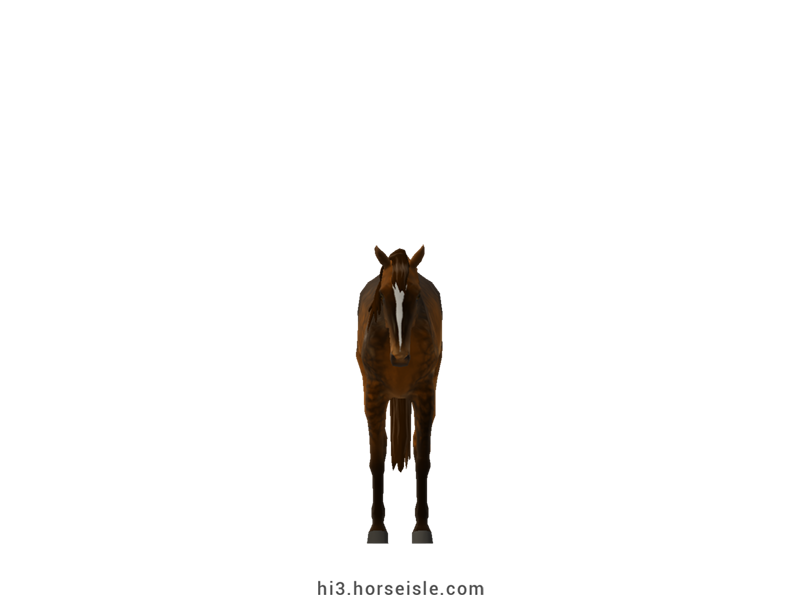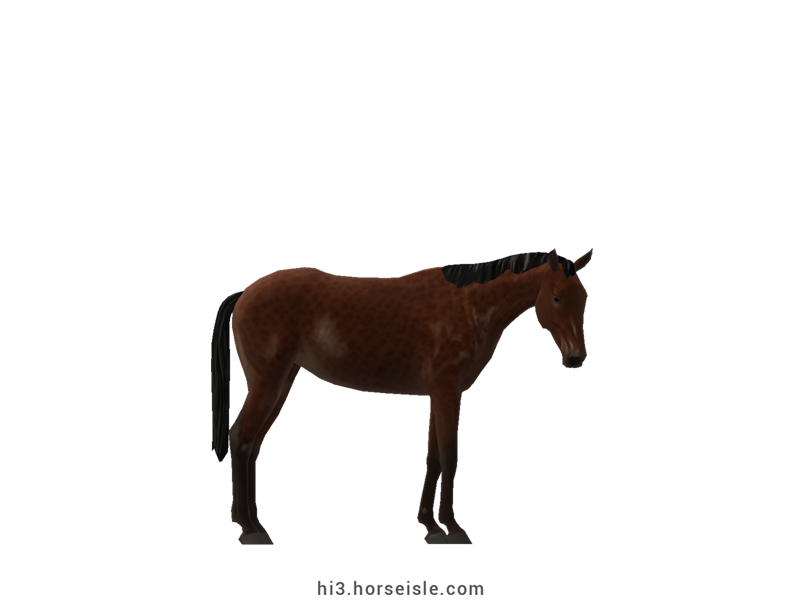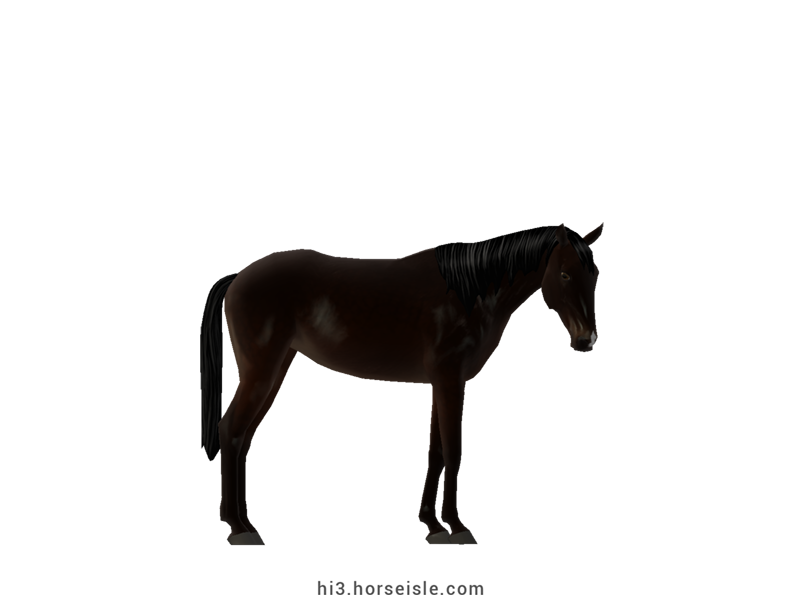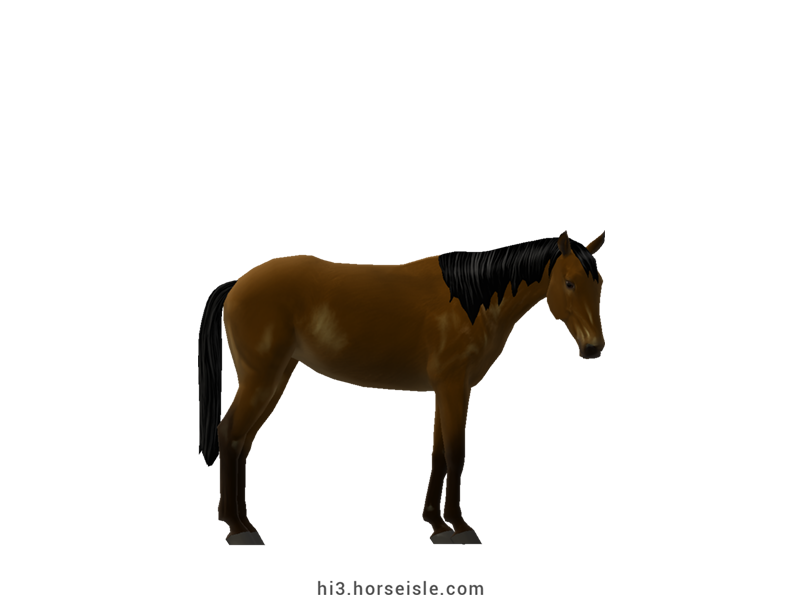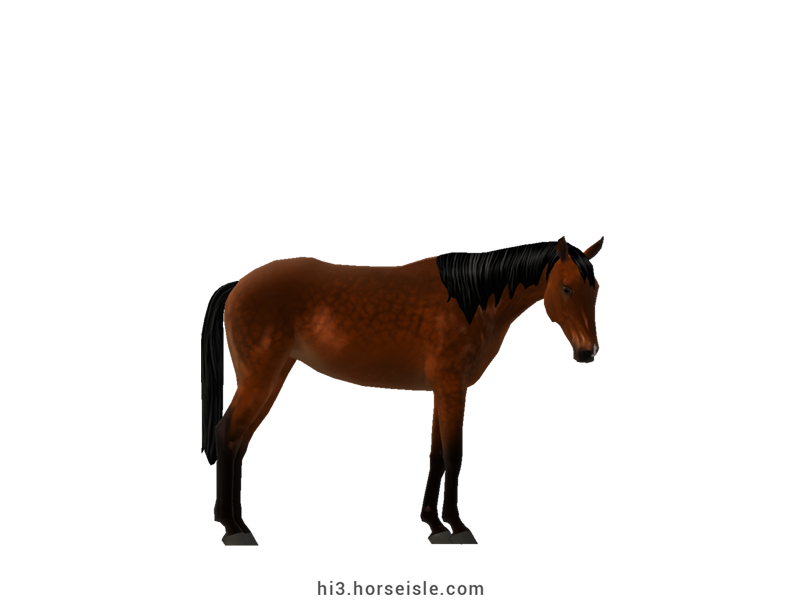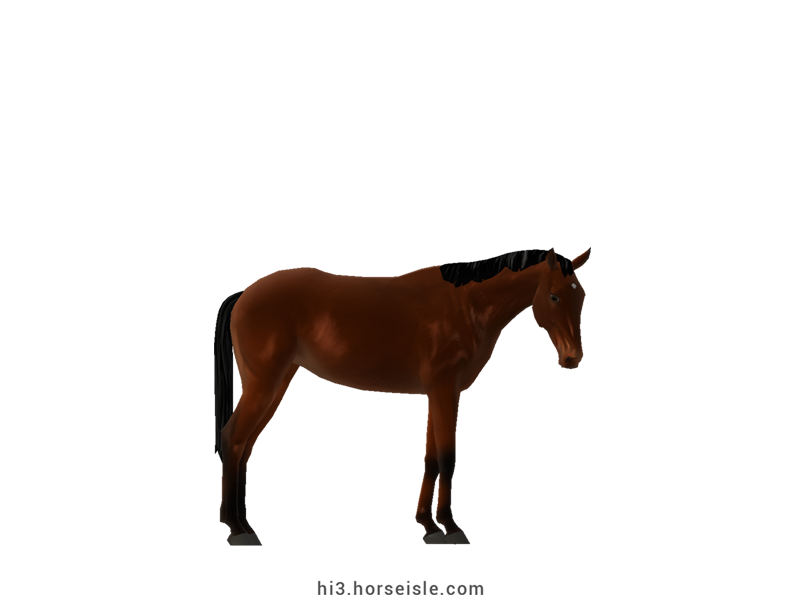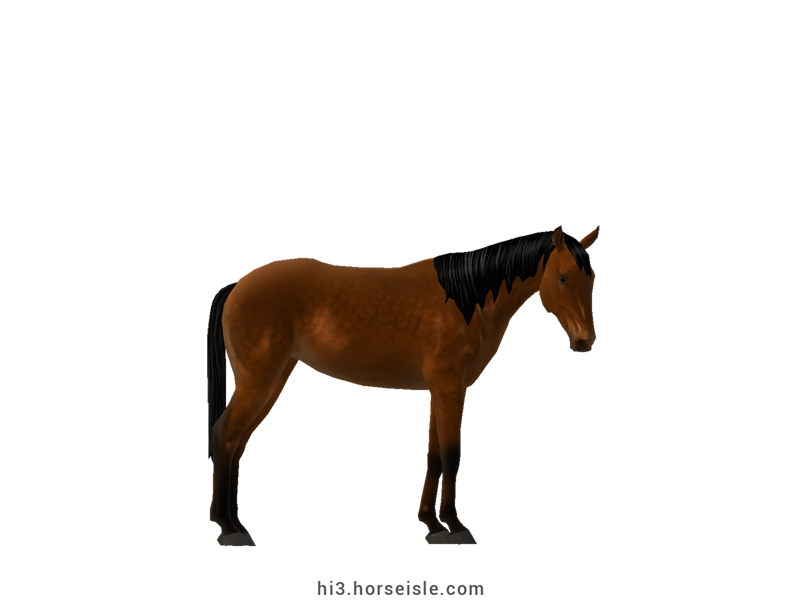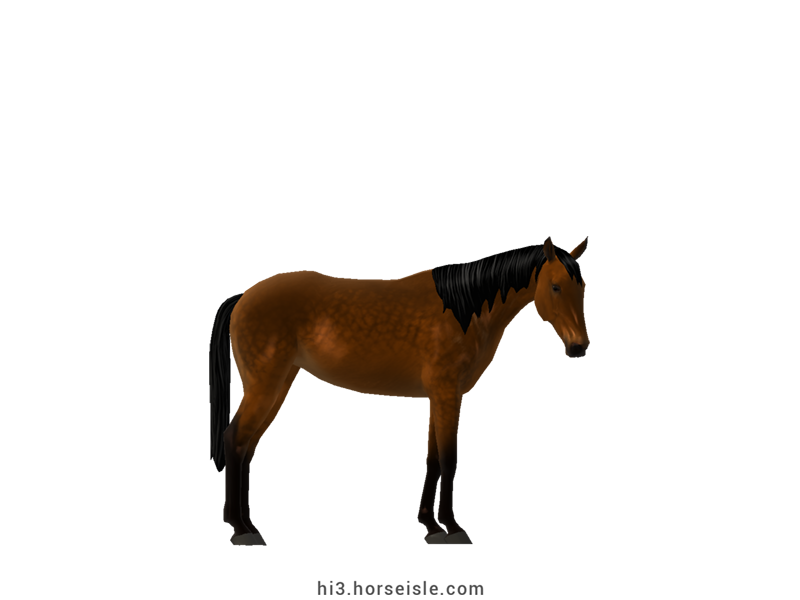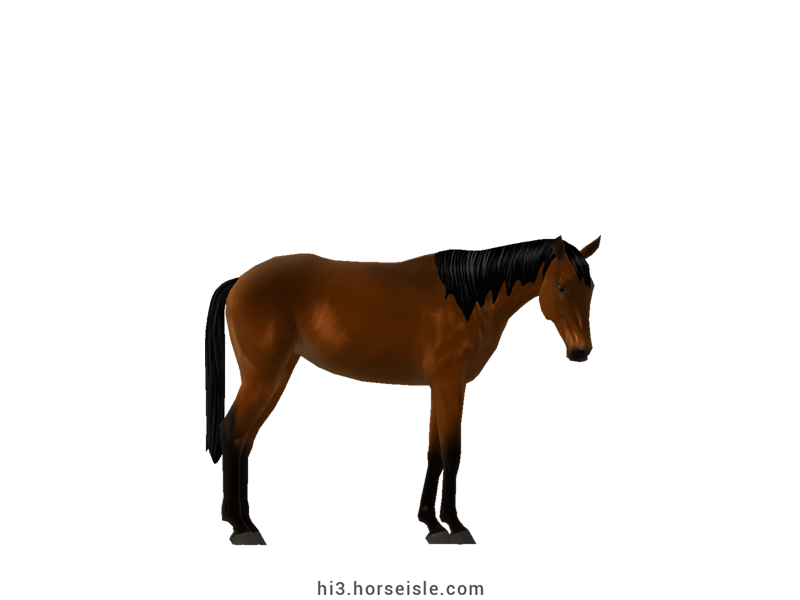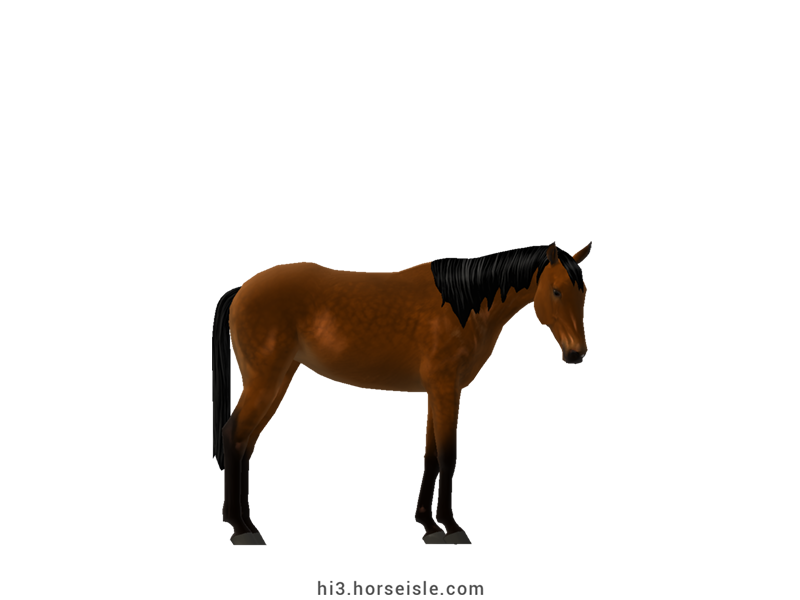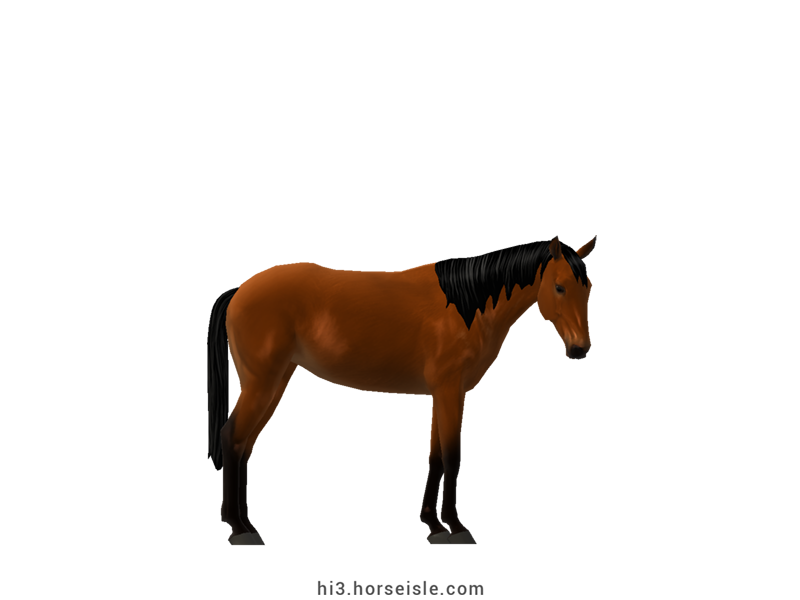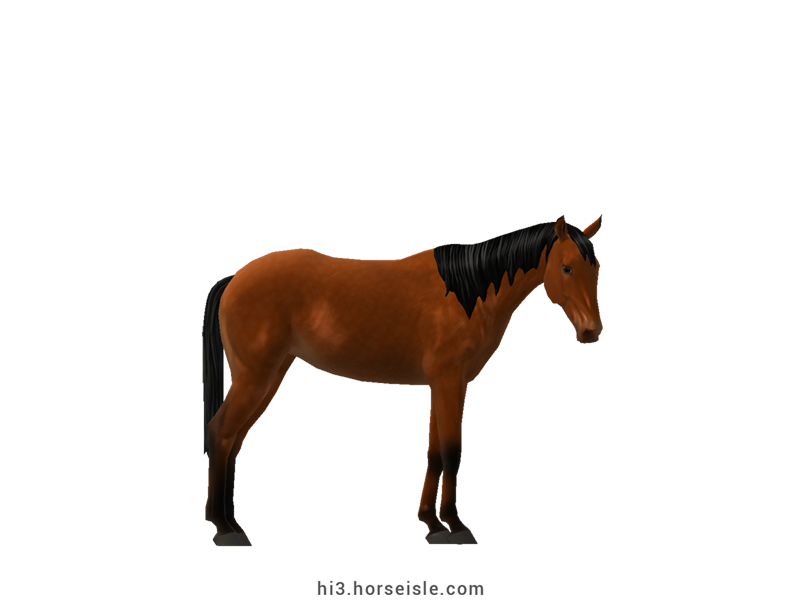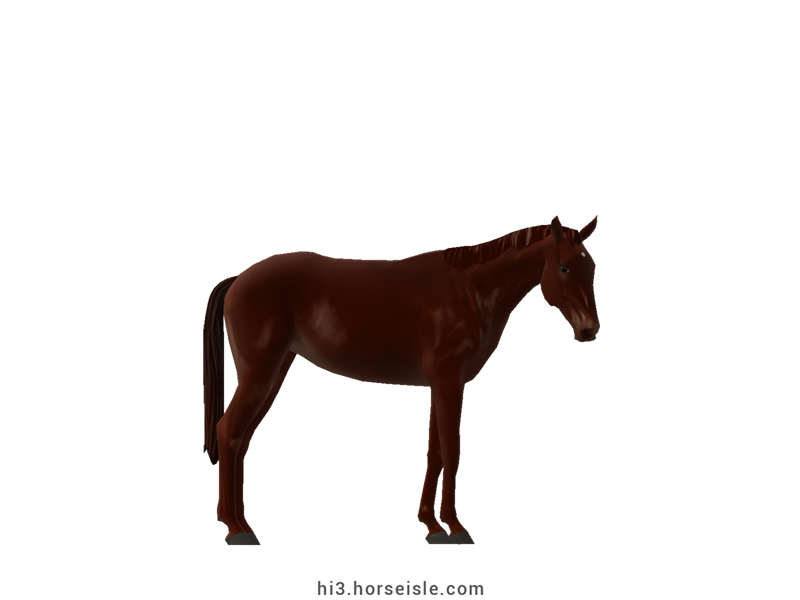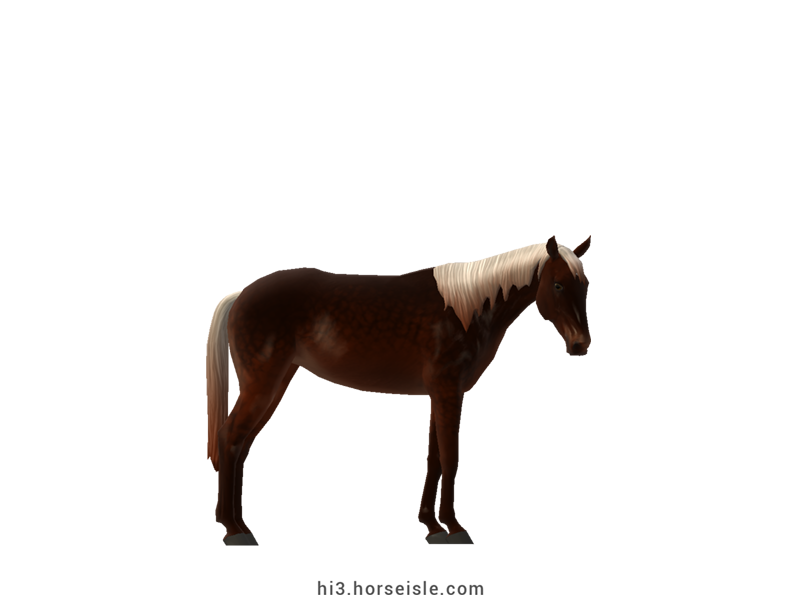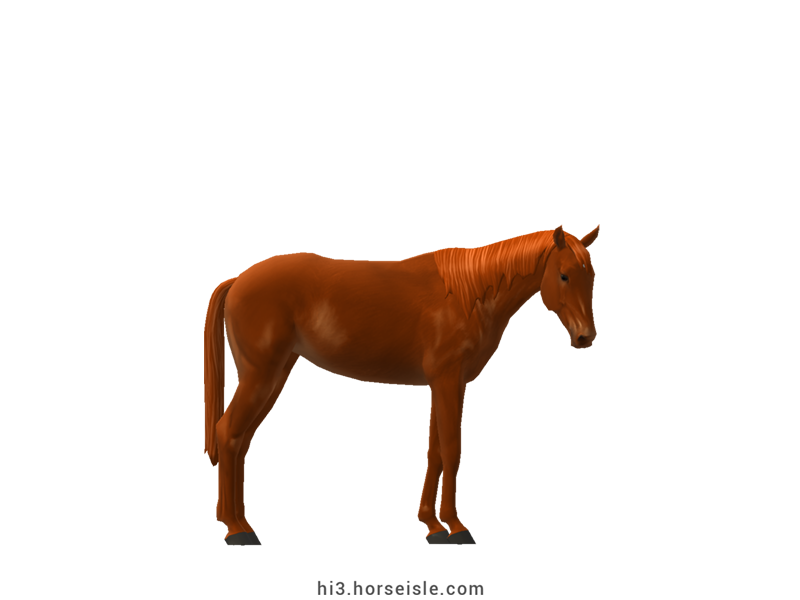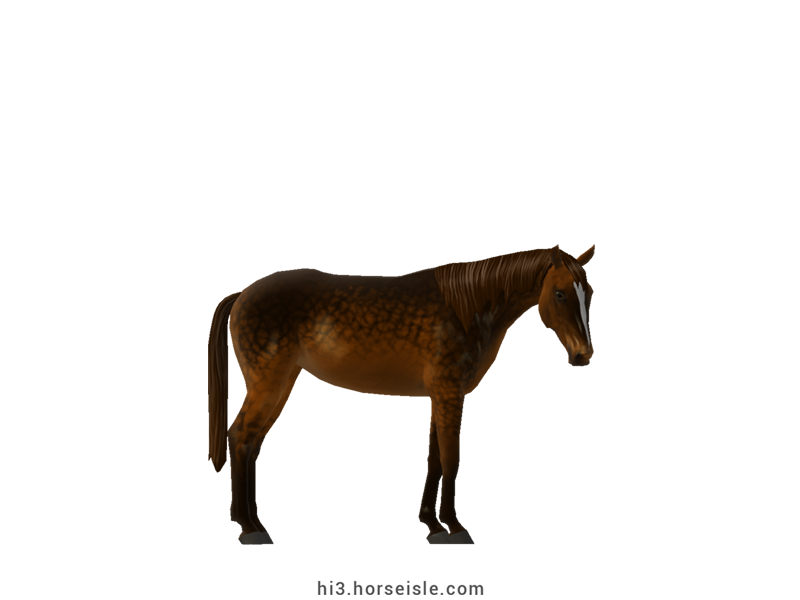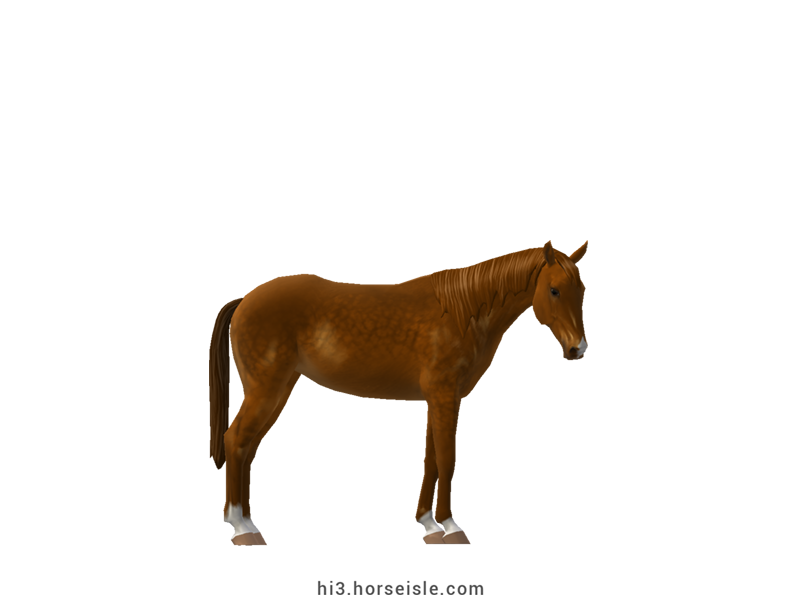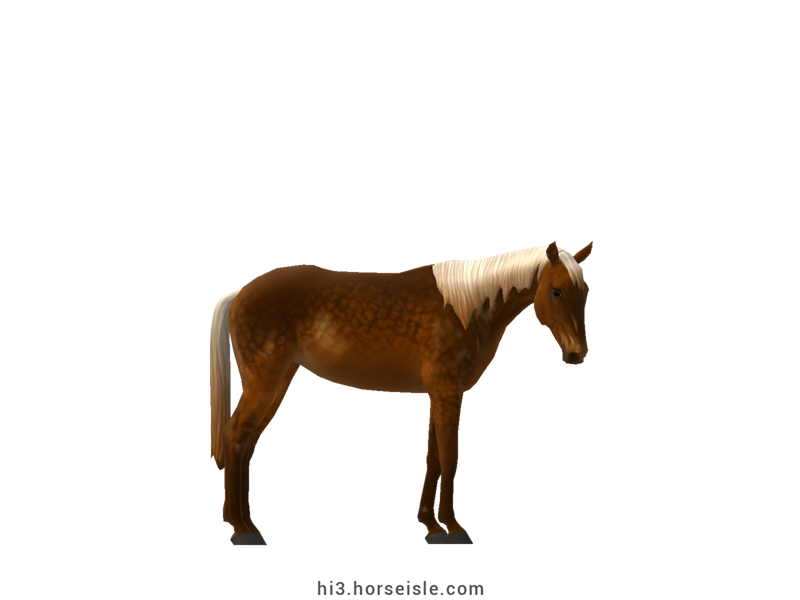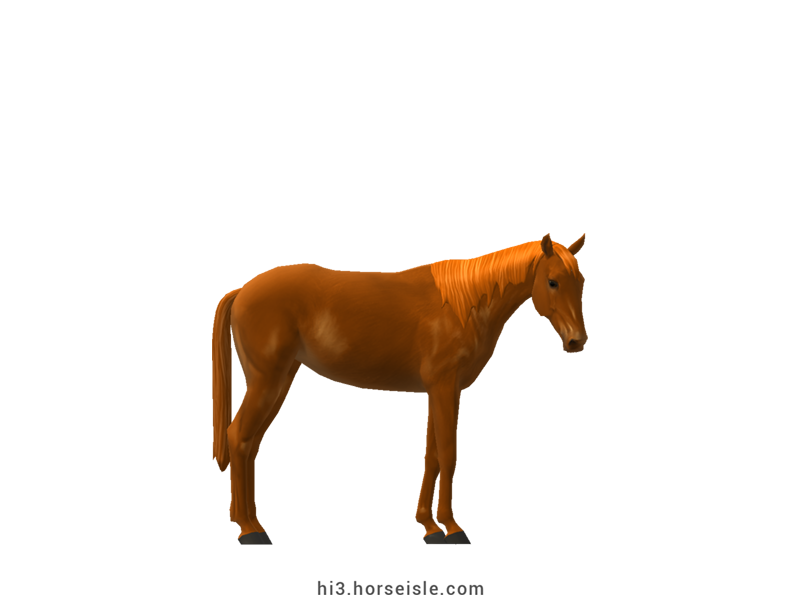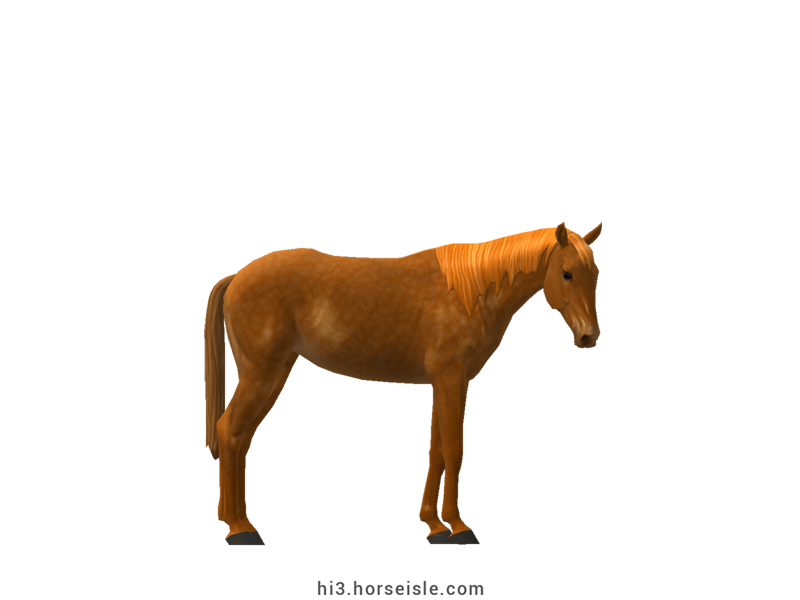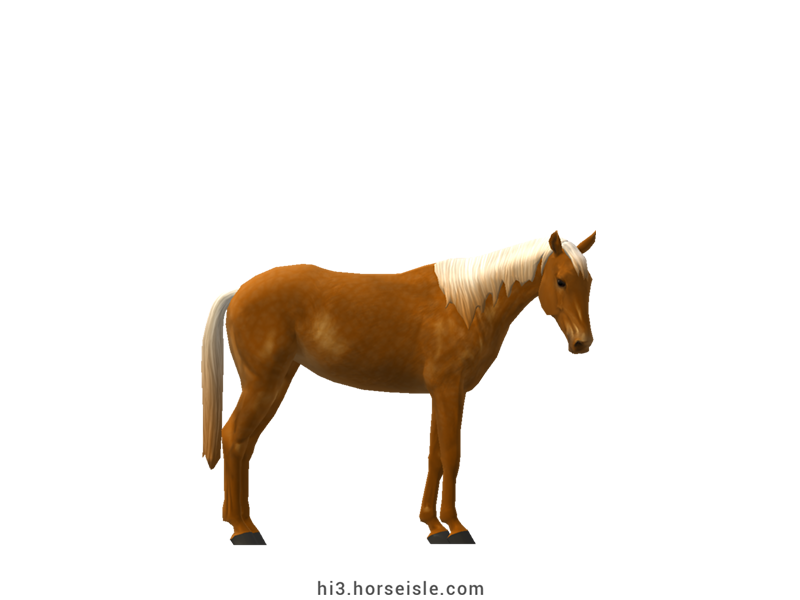Our Massive Real World Equine Reference!
[ INDEX ] Equine Type: Horse Breed: Namib Desert Horse (Namib) [ PREV ] [ NEXT ]
The German colonization of south-west Africa:
Back in the 19th century, many European countries had colonies in Africa. Germany was no different, establishing during the 1880s the German South West Africa colony on the land which, a century later, will become Namibia.
The first decade of the 20th century saw many Germans traveling to the colony in search of oportunities. One such German was the 34-year-old military man Captain Hansheinrich von Wolf. In 1907, he arrived at the colony and purchased Duwisib farm where he bred cavalry horses for the German troops using Thoroughrbeds or horses of Thoroughbred lineage.
Another such person was August Stauch who, in 1908, and with the help of two more people, dicovered diamonds east of Luderitz. When the information got out, Germans flocked to the colony in a diamond rush, bringing horses with them.
World War I and equestrian disarray:
In 1914, World War I erupted. Von Wolf left Duwisib and returned to Germany to report for duty, leaving his horses under the care of a friend.
Meanwhile, battles erupted between German forces, already stationed along the colony's southern border, and South African forces that were under British leadership. It is probable that during this meyhem of war many cavalry horses from both sides managed to escape and became feral.
In 1915, south-west Africa saw bitter battles between the German forces and the South African ones. One such battle included a German bomb landing in a South African cavalry camp, setting 1,700 cavalry horses free. The battles culminated in the retreat of the Germans who might have released many of their horses to prevent their obtainment by South African troops.
The horses at von Wolf's farm probably faced the same fate, either set free or simply escaping into the wild during the turmoils of war, becoming feral horses. Von Wolf never returned for his horses. He died in 1916, at the Battle of the Somme.
Where did the Namib Desert Horse come from?
There is no dispute that by the end of World War I, many horses roamed feral in the south-west of what was the German colony. The question is: which of those horses became the ancestor of the Namib Desert Horse?
Were those the horses that belonged to German colonists and were abandoned during the war? Were those the horses that escaped from von Wolf's stables as well as from other stables that were in that region? Were those some of the 1,700 horses that belonged to the South African troops? Were those the horses that belonged to the German troops?
Ownership aside, who were the breeds/lineages of those horses?
The accidental breed from Garub:
As often the case with breeds whose creation was completely accidental, there are no records for how the Namib Desert Horse was created. In 2001, a genetic study tried to uncover its true origins, but its findings didn't shed much light.
We'll probably never know the anwer, but whoever those horses were, they found their way to the waterhole in a place called Garub and resided there.
Protected in the Restricted Diamond Area:
As mentioned above, the area east of Luderitz underwent a diamond rush. In the 1920s, it was considered empty of diamonds and was abandoned. It was then sold to Ernst Oppenheimer who decided to mine the ground with heavy machinery and declared the area a Restricted Diamond Area.
The restricted area included Garub and was a heaven for the feral horses, keeping them safe from captivity attempts as hunters were not allowed. Over the next decades, they grew adapted to the hardships of the desert, sharpening their skills of foraging for food, surviving on little water, and escaping from hyenas. The Namib Desert Horse was thus born.
Protected for good:
In 1986, the restricted area was added to the Namib-Naukluft [national] Park. The horses were declared 'protected' and were fenced in the park for their safety. Unfortunately, the fences also prevented them from foraging beyond the park grounds.
By the end of the 1990s, following yet another drought, trapped in the park, unable to search for food and water, the herd faced starvation. Following social awareness, the horses were provided with hay and water, and the herd survived.
The Namib Desert Horse today:
Today, a herd of 150-300 Namib Desert Horses lives in Namib-Naukluft Park in semi-feral consitions, where it receives hay when forage is scarce. The herd mainly serves as a tourist attraction, with tourists visiting Garub's waterhole to view the horses and the interactions within the herd.
Conformation:
Namib Desert Horses have a slender head with a straight or slightly convex profile, a slender neck which connects to prominent withers, a straight, short back, a sharply-sloped croup, a slender girth, long and slender legs, and a narrow body. The mane and tail are thin although the tail can grow long.
Performance metrics:
The following are the: range, average, (SD), and MOE of performance metrics of ordered Namib Desert Horses in Horse Isle (not bred ones). In rare cases, horses might have metrics outside of the range. Breeders can produce horses that are beyond this range.
Speed: 15.0-16.6, 15.8 (0.4), 0.07.
Sprint: 32-45, 39 (3), 0.55.
Accel: 0.79-0.99, 0.88 (0.05), 0.01.
Decel: 0.74-0.88, 0.81 (0.03), 0.01.
Jump: 5.18-5.44, 5.32 (0.06), 0.01.
Pull: 1.05-1.49, 1.26 (0.1), 0.02.
Turning: 39.97-54.26 46.78 (3.34), 0.66.
Reverse: 2.2-2.8, 2.4 (0.2), 0.03.
Stamina: 40.92-44.72, 43.00 (0.86), 0.17.
Reaction: 0.67-0.79, 0.72 (0.03), 0.01.
Coats & Height:
Colors: usually bay, but also chestnut or brown.
Additionals: sooty is very common. Flaxen also occurs. The coat is always solid, and while markings occur on the face and legs they are minimal in size.
Dorsal line: many Namib Desert Horses have a dorsal stripe, but the lack of zebra stripes on their legs suggest it's the result of the sooty allele rather than the d1 allele.
Height: 14hh to 15.3hh.
[ INDEX ] [ PREV ] [ NEXT ]

